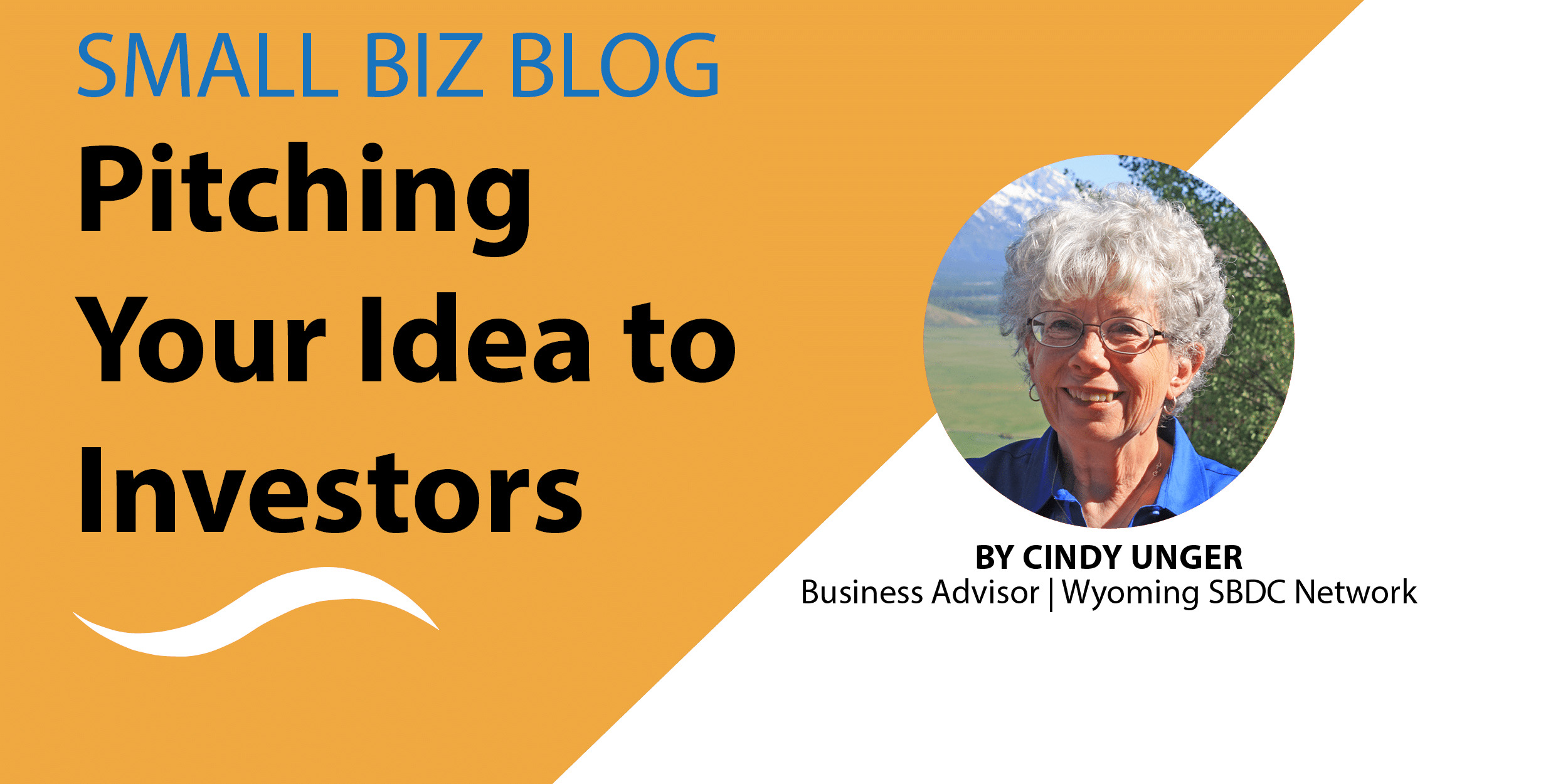The first big question before creating a pitch – Have you completed a full business plan yet? Lots of press about successful companies that have started –up with financing from angel or venture capital has resulted in many aspiring entrepreneurs thinking that creating a pitch deck and obtaining angel funding is easy. Angel investors are betting their own hard-earned money on you and your company in return for an equity share in your business. The hope is that, in return for a huge risk, the investor(s) will ultimately earn a huge reward. According to a study quoted by the Angel Capital Association, “Angels lose some or all of their money in 52% of their investment deals. Typically, they make at least ten investments in order to realize any return on investment.” Thus, angels are very particular about the businesses that they fund. If interested, they are likely to have lots of questions about your future business plans. The pitch deck is essentially a distillation of your full business plan. You need to understand all the details of your business in order to answer any detailed questions that may result from your pitch deck presentation.
Beyond sketching out the details of your business, a presentation deck needs to create a compelling story within a short time span. In a discussion about funding Airbnb, Sequoia states, “It wasn’t really the slides we liked-it was their ideas, the clarity of their thinking, and the scope of their ambition.” However, you have to get in the door with that slide presentation. Ten slides to convey your message in 20 to 30 minutes is the ideal. Below is a brief description of each slide.
Slide #1: Purpose. Define your company purpose in a single concise and precise sentence.
Slide #2: Problem. Describe the customer problem that your product/service will solve. What are the current solutions, and what are their shortcomings?
Slide #3: Solution. What is your unique and compelling value proposition?
Slide #4: Timing. Why hasn’t someone already come-up with your solution?
Slide #5: Market Opportunity. Who are your customers and how large is your potential market? What have you accomplished to date?
Slide #6. Competition. Who are your direct and indirect competitors? How and why will you be able to attract their established customers? What are your potential vulnerabilities?
Slide #7. Business Model. How will your company operate? What is your sales and distribution model?
Slide #8. Team. Who are your founders and key team members? What are their qualifications to lead this company? If funded, who will you hire?
Slide #9. Financial projections. Current and future.
Slide #10. Investment ask. What do you need the money for? What milestones do you plan to achieve with this round of funding?
For additional assistance with your business plan or slide deck, feel free to contact me at (307) 234-6683 or cindyu@uwyo.edu.



